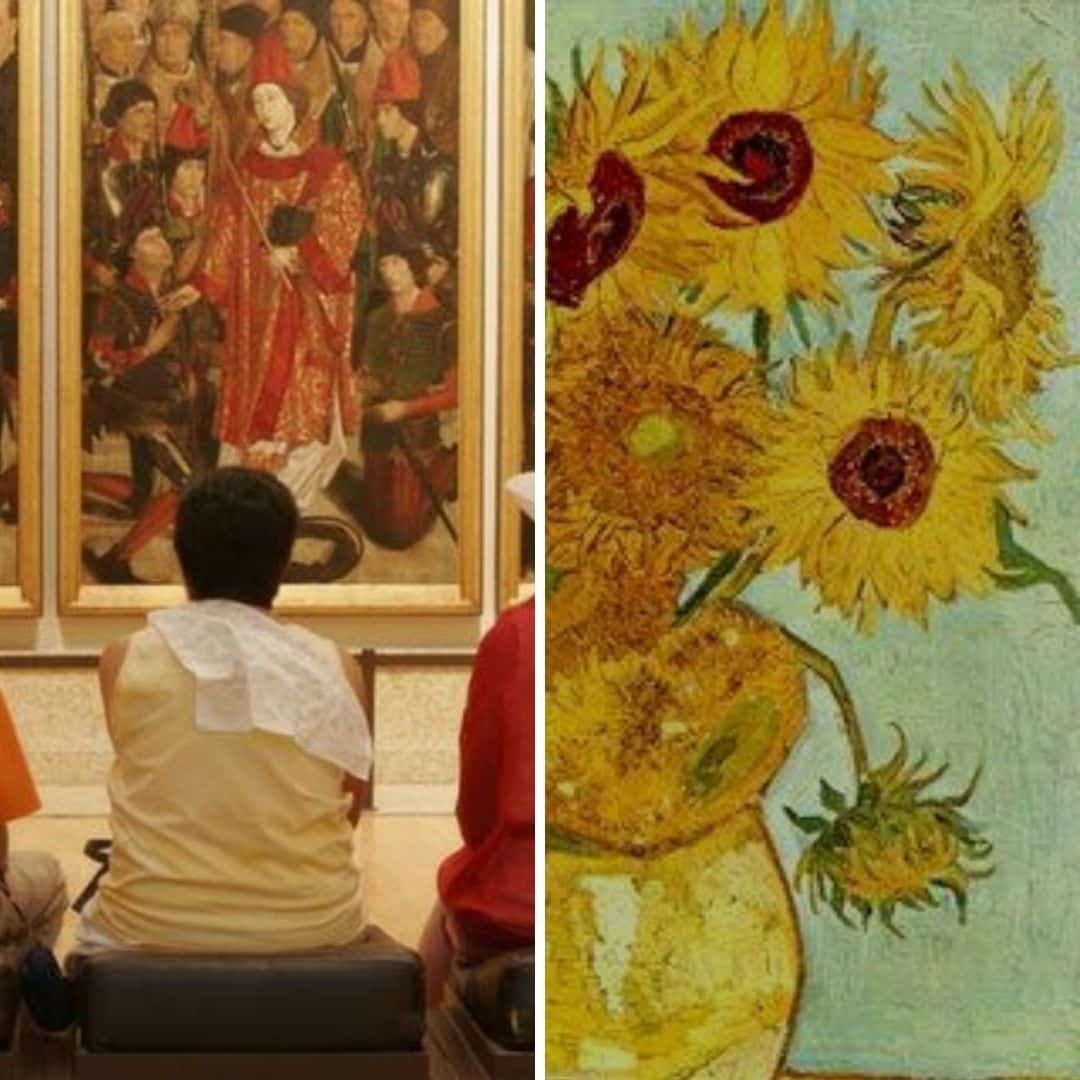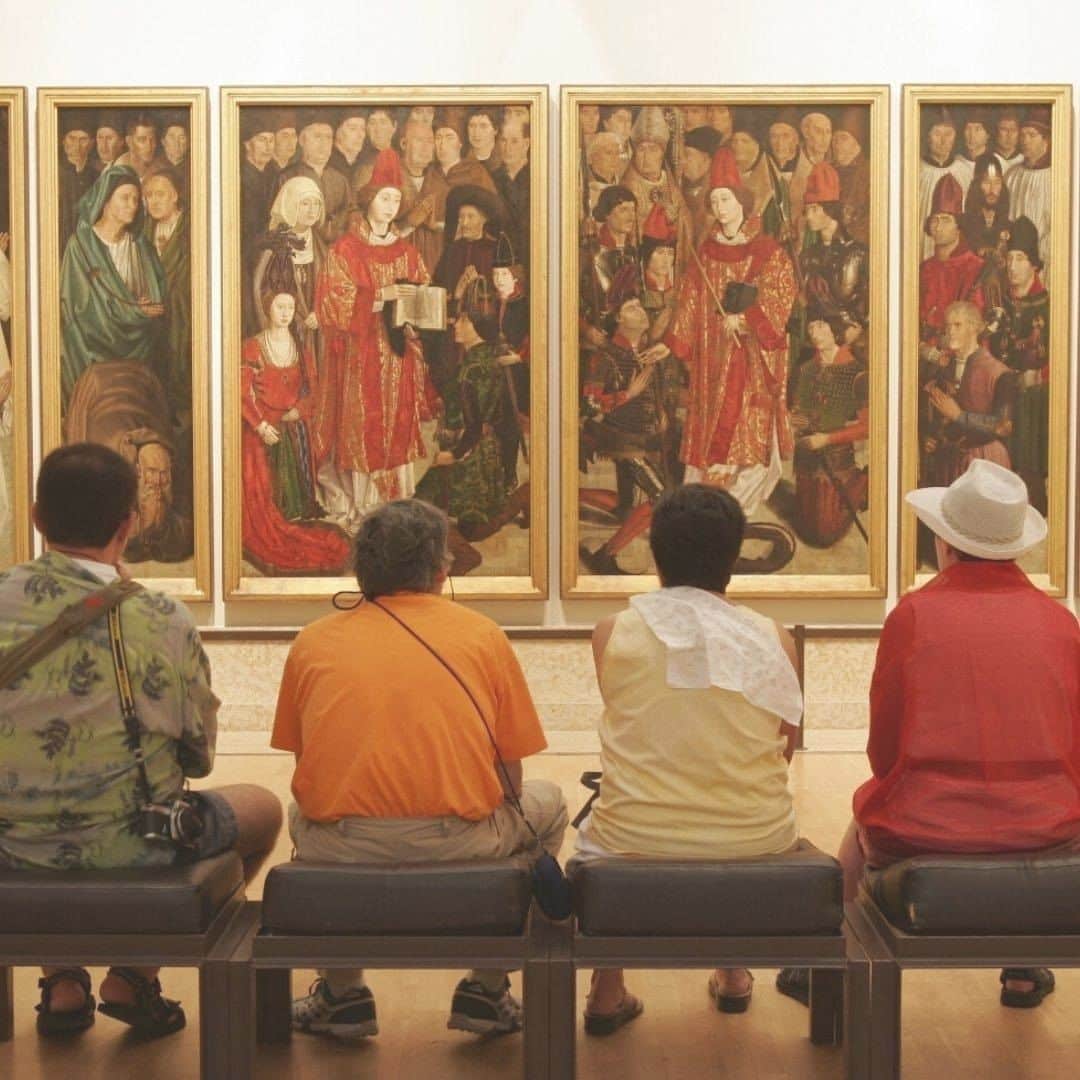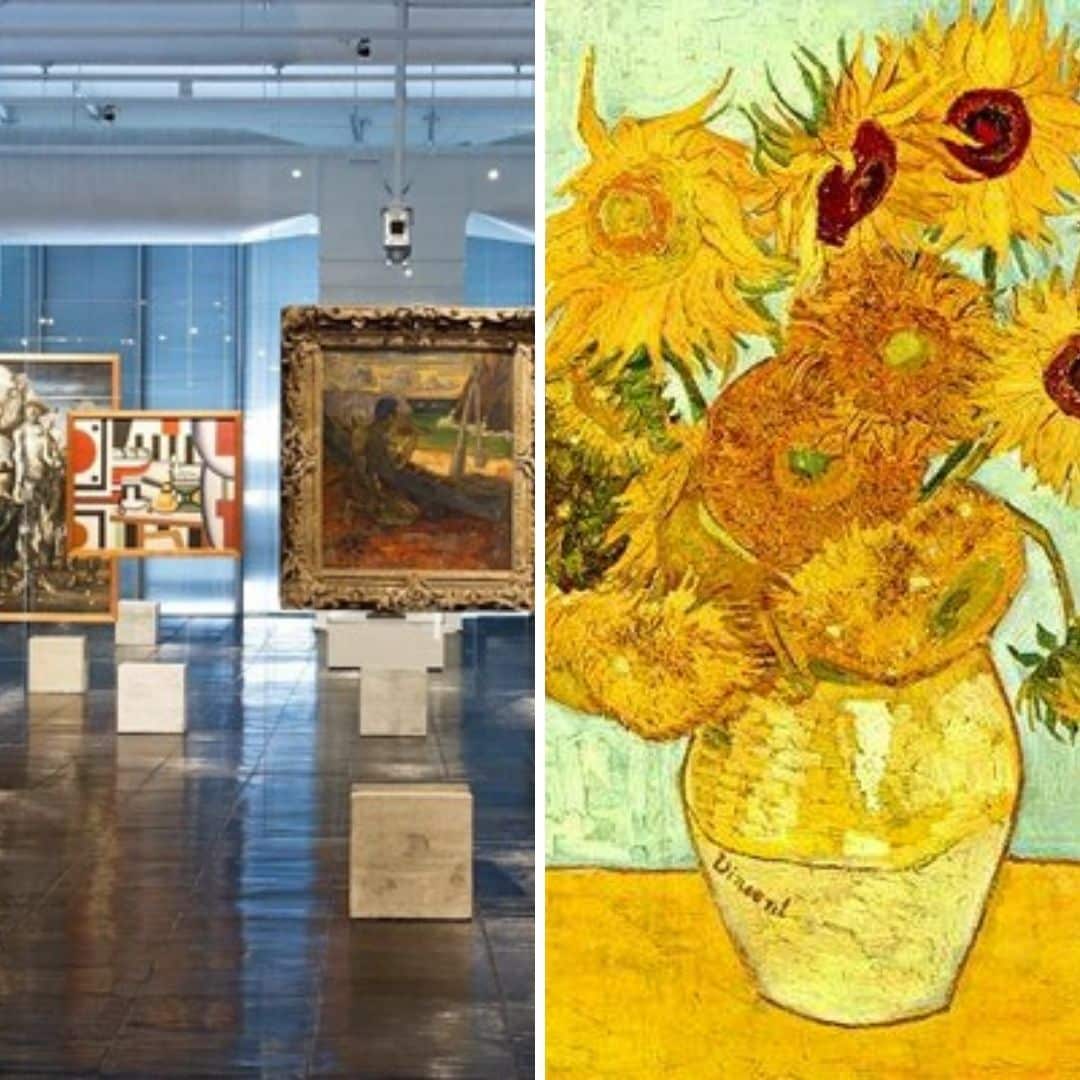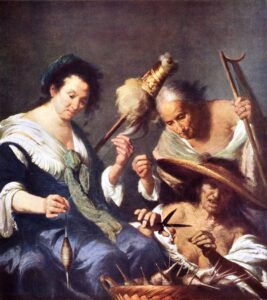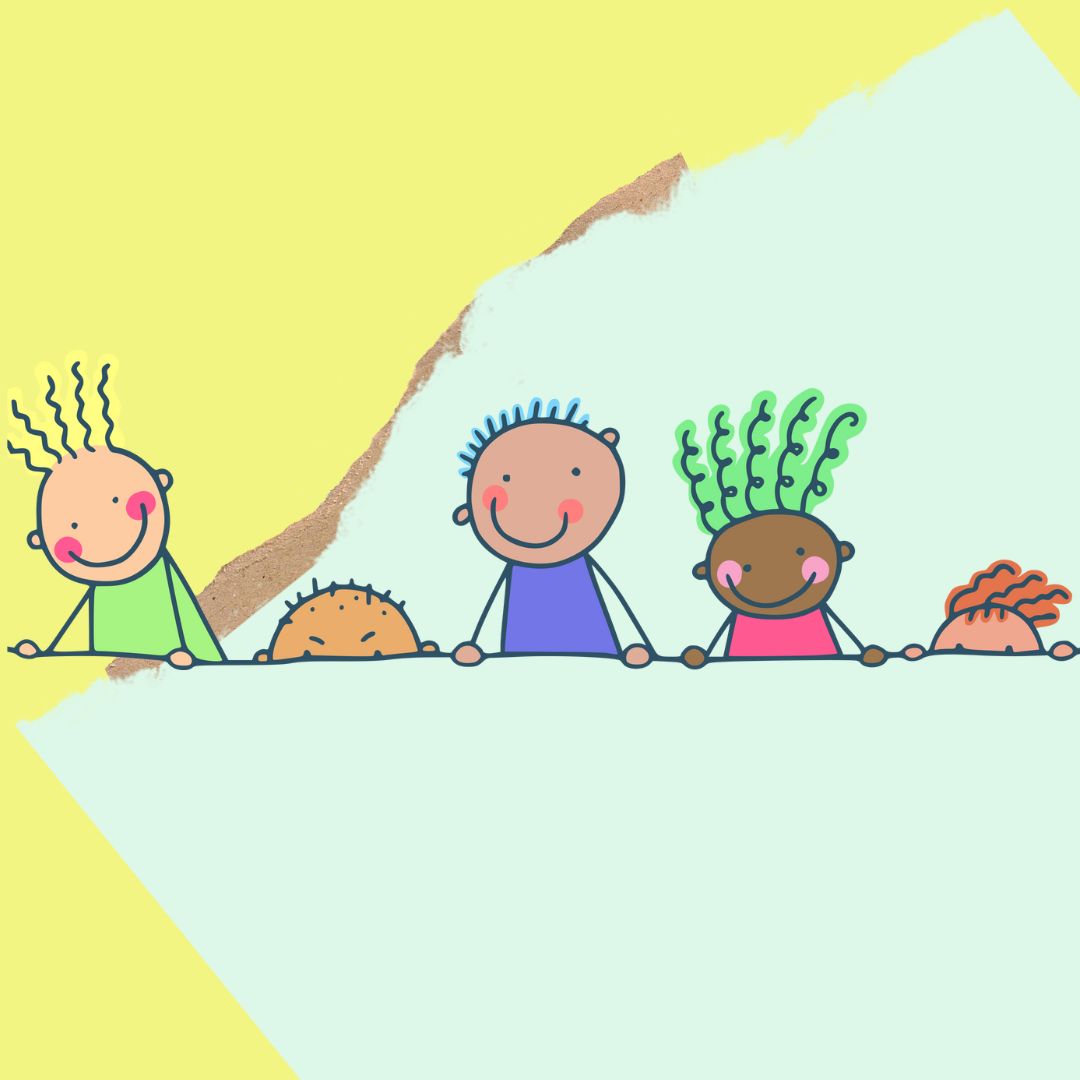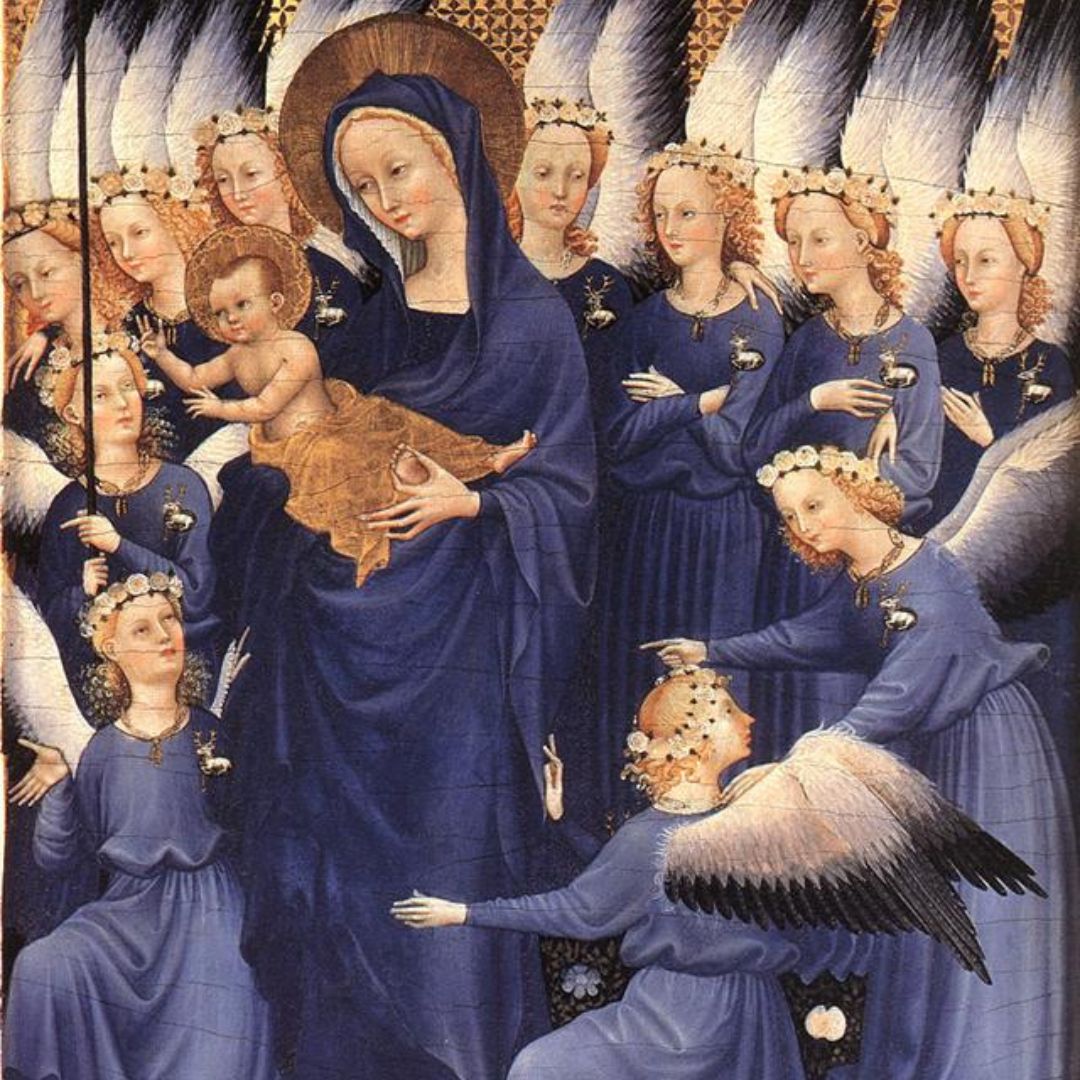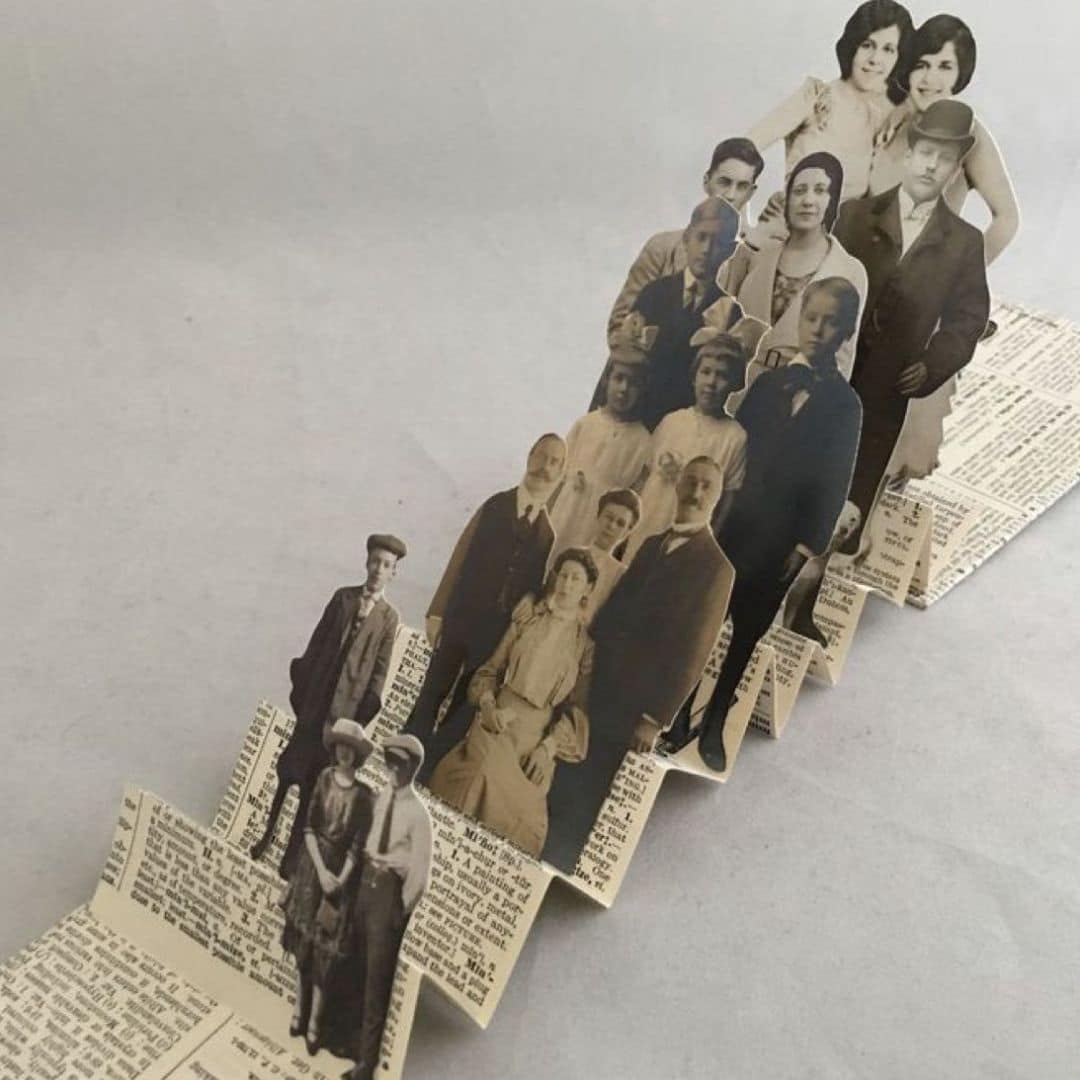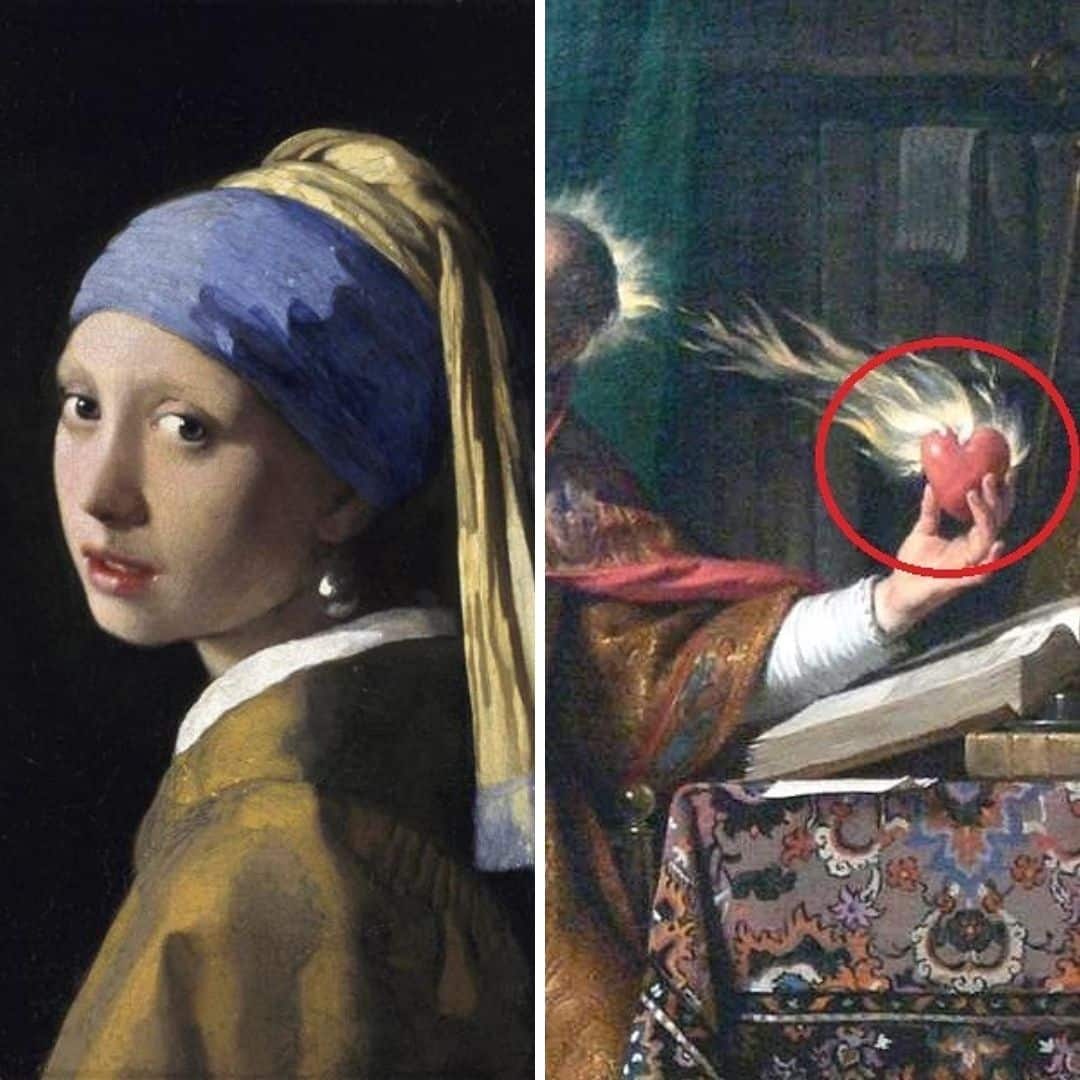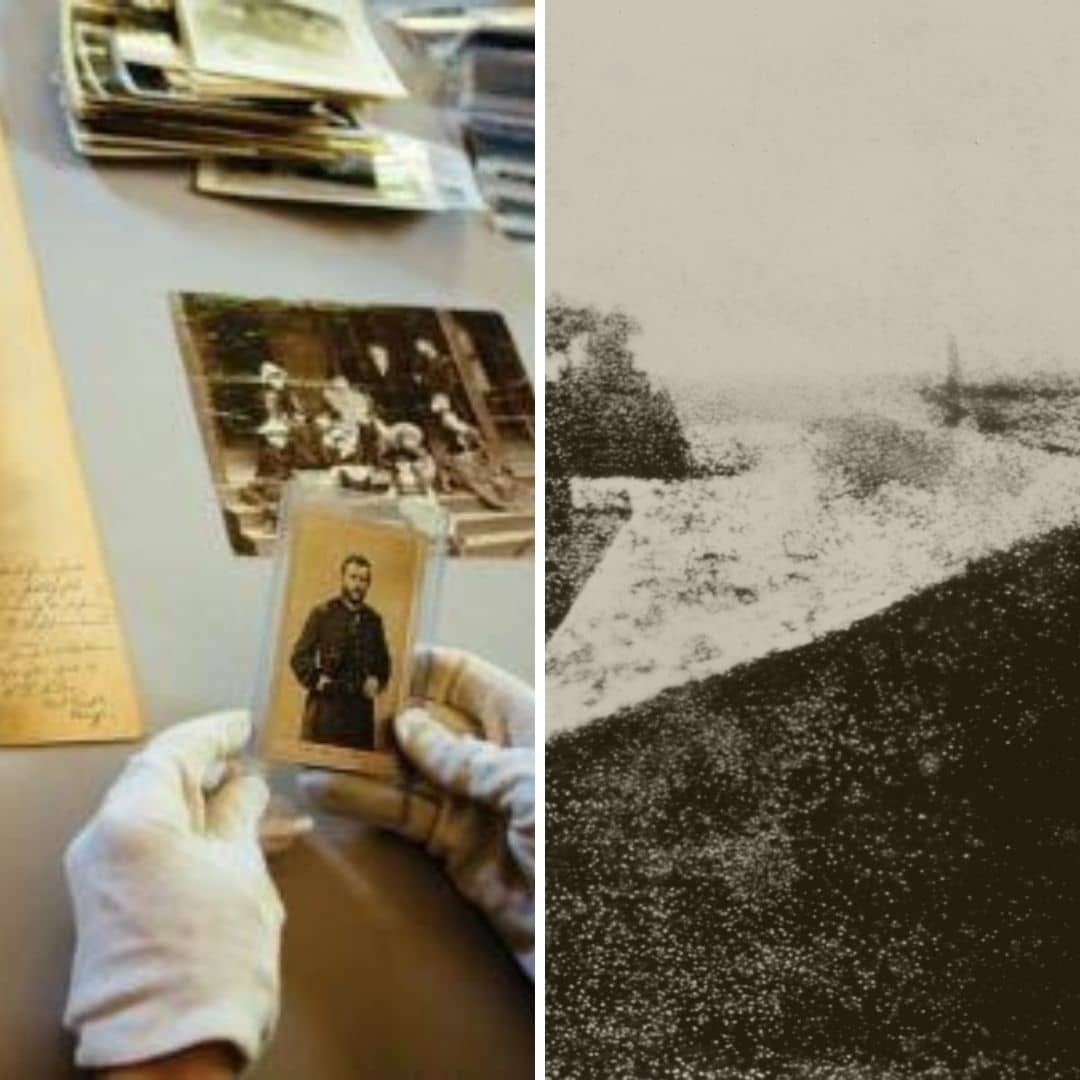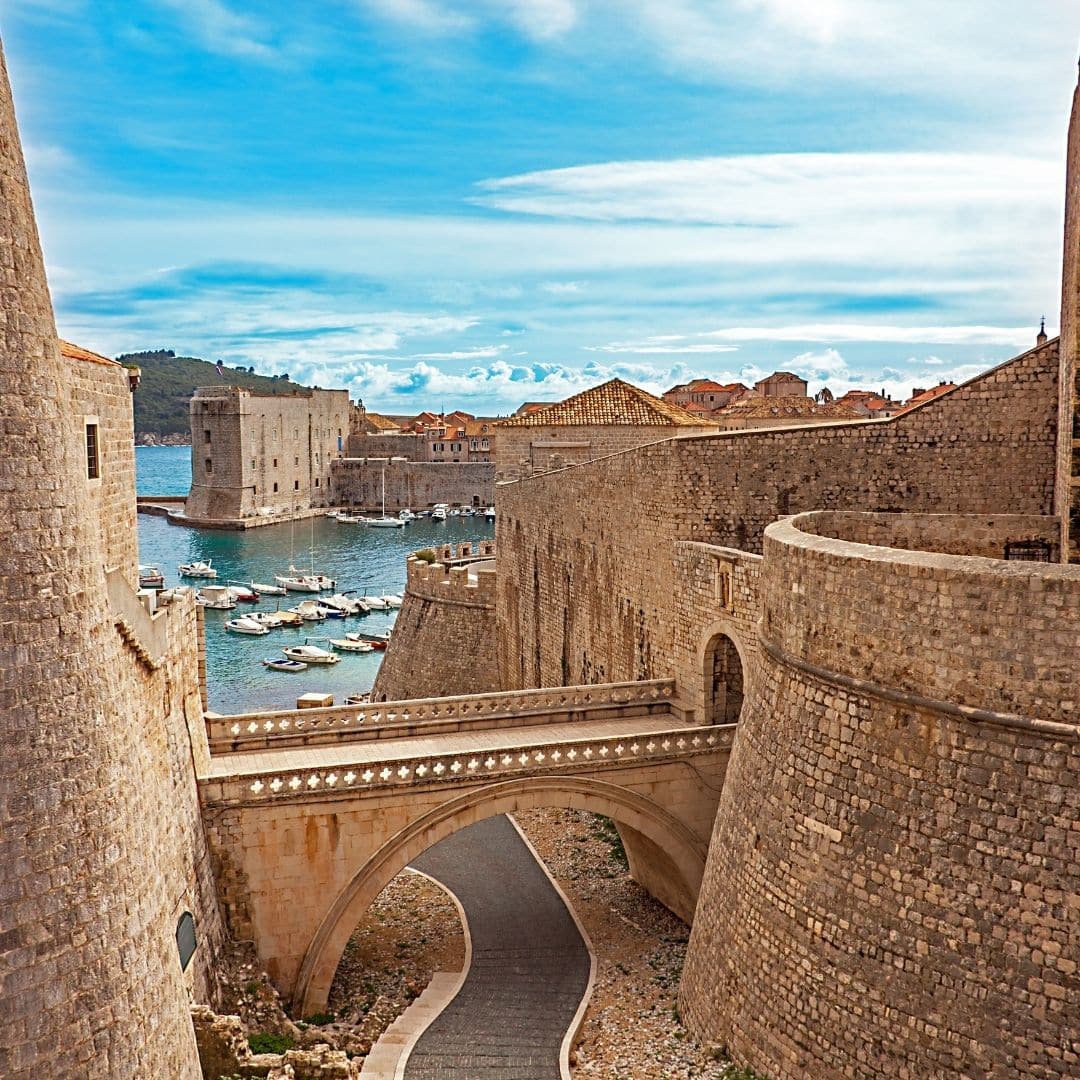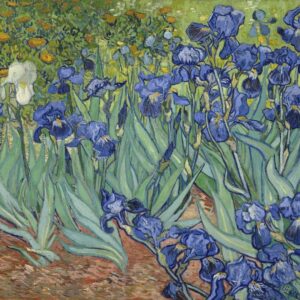In this article you will get to know these 3 characters from Greek Mythology: The Moirai (parcae in roman mythology)
Also known as the 3 fates these 3 sisters hold an incredible power: to spin, measure and cut the thread of human existence.
Their mystery and power have made them the main subject of many works of art throughout history.
Let's meet them in the article by Rute Ferreira author of online courses and e-books at Citaliarestauro.com
The Origins of the Moirai in Mythology
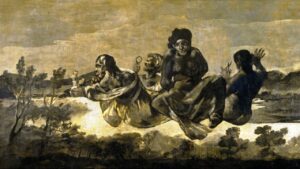
The Moirai , Francisco de Goya, 1820
The Moirai are wrapped in a web of mystery in mythology. Or rather, they weave this web.
The daughters of Nix
The moirai are the daughters of Kronos and Nix, who is not only the goddess of the night, but the personification of Night itself and is at the origin of Hesiod’s Theogony.
Nix also gave birth to Nemesis, responsible for revenge, and Eris, discord, among a number of other symbols and abstractions, some of which are harmful and intimidate mankind.
Stories about their origins
Allegorically, according to the poet Hesiod, they would also be daughters of Zeus and Themis, Justice.
But the stories about their origins do not stop there. Some poets have considered the moirai to be daughters of Uranus and Gaia. Some consider them to be the daughters of Kronos and Eunomia, and sisters of the Furies and Aphrodite, because their temple was in a forest dedicated to the goddess of love.
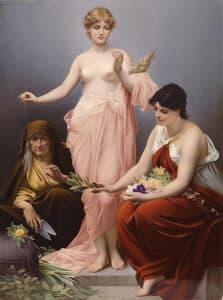
The 3 Moirai, Paul Thumann, unknown date
The Power of the Moirai in Greek Mythology
Also called Parcas or spinners, the Moirai in mythology are usually represented in iconography with threads, which weave and cut. And they wield an incredible power: they have the task of spinning, measuring and cutting the thread of human existence. Of all humans.
They are related to destiny, so that they usually amaze even the brave characters in the Greek legends, although they are constantly challenged by them. Who wouldn’t want to create his own destiny, if he was sure that someone was doing it for him?
They even had power over the fate of the gods
As much as Zeus is the most important god and head of Olympus, the Moirai or Fates wield power even over the gods, including him. The only god they eventually had any respect for was Apollo, the god of prophecy, who therefore had the power to influence people’s destiny.
As Três Moiras, Bernardo Strozzi, c.1640
Each of the three moirai had a function, as we will see next.
Who are the Moirai in Greek mythology
The Moirai or Fates in Greek mythology are called Clotho, Lachesis, and Atropos.
You may be wondering who is who, so let’s get to it.
The spinner who holds the spinning wheel is Cloto.
Lachesis is the one who braids the thread.
And Atropos, the one with the scissors, is the one who cuts the thread, and was therefore regarded as a blind fury, since she is the one who decided how far the thread went, no matter how much the gods opposed the idea.
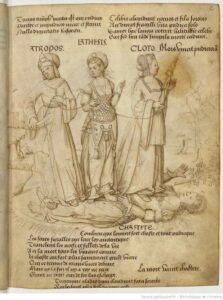
Collection of 131 tables or figures, – 1501-1600 – manuscripts. Source: Gallica BnF
The name of the Moirai was spoken with a dose of reverence and awe, since they were connected not only with one’s fate, but with the very idea of mortality. And they were determined.
No matter how much mothers lamented the early death of their children, warriors tried to prolong life, or Zeus tried to dissuade them from cutting one of the threads, pleas were futile.
Residents of Olympus, they were often seen with the 9 Muses, and in such cases, it is said that they even sang along with them.
To the Romans, they are called Nona, Decuma and Morta and are called Parcae
What is the meaning of the moirai in mythology?
Moirai means “a part” or “a phase”.
According to Martha Robles, the three moirai actually form the triple moon goddess, which explains why in the stories they appear in white robes and wear linen threads, elements that refer to the goddess Isis.
In iconography, however, they do not always appear in white. The relationship with the moon is evident, as the author of Women, Myths and Goddesses explains:
The moon has three phases or three parts or three distinct persons in one: the new moon, or the maiden goddess of spring, during the first period of the year; the full moon, equivalent to the nymph goddess of summer, or the second period; and the old moon, the old goddess of autumn, considered the last period.
Martha Robles in Women, Myths and Goddesses, page 101.
The Moirai and the exact and precise threads of Necessity
According to Homer, fate is a thread that winds itself around each person. And that thread is as immovable as it is faithful to the length that Lachesis has measured.
This is why sacrifices addressed to the Fates are useless, for once the thread is measured, “not even sacred entities have the power to produce other destinies.”

